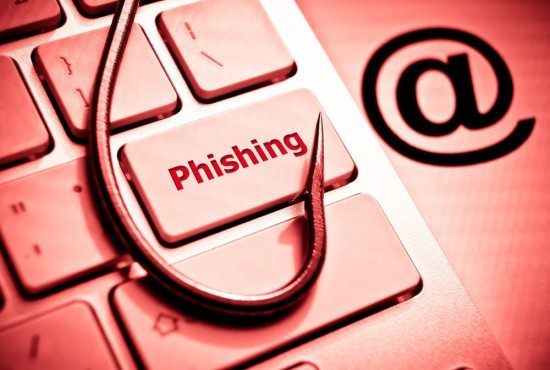Researchers at Egress have just issued findings that LinkedIn-themed phishing attacks are up 232% in February. Excerpt:
Since February 1st, 2022, we have recorded a 232% increase in email phishing attacks which are impersonating LinkedIn. These attacks use display name spoofing and stylized HTML templates to socially engineer victims into clicking on phishing links and then entering their credentials into fraudulent websites.
About the Author
-
ISBuzz Team embodies the collaborative efforts of the dedicated staff at Information Security Buzz, converging a wide range of skills and viewpoints to present a unified, engaging voice in the information security realm. This entity isn't tied to a single individual; instead, it's a dynamic embodiment of a team diligently working behind the scenes to keep you updated and secure. When you read a post from ISBuzz Team, you're receiving the most relevant and actionable insights, curated and crafted by professionals tuned in to the pulse of the cybersecurity world. ISBuzz Team - your reliable compass in the fast-evolving landscape of information security



